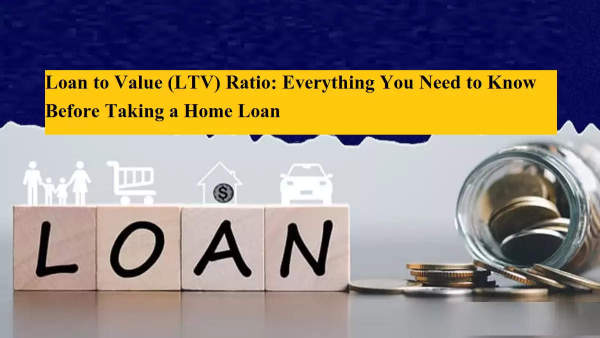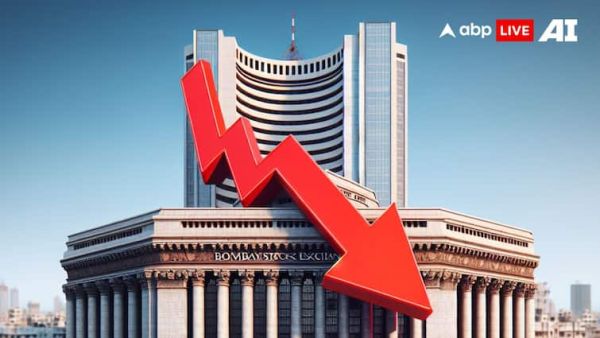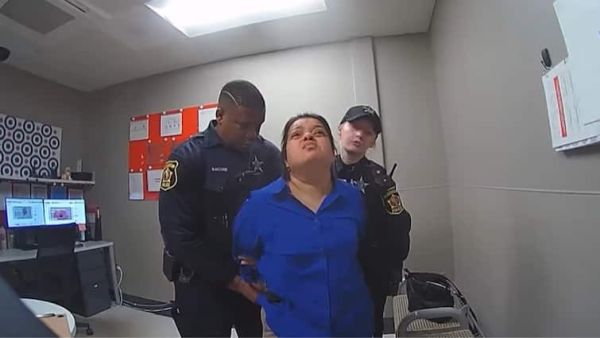
Buying a home is a dream for many, but with the rising property prices, most people rely on home loans to fulfill this dream. Before taking a home loan, it's essential to understand Loan-to-Value (LTV) Ratio, as it directly impacts your loan amount, EMI (Equated Monthly Installment), and overall financial planning.
LTV ratio helps lenders determine how much loan they can offer based on the value of the property. Let’s dive deeper into what LTV is, why it’s important, and how it affects your loan approval.
What is Loan-to-Value (LTV) Ratio?
🔹 The Loan-to-Value (LTV) Ratio is the percentage of the property value that a lender is willing to finance through a loan.
🔹 It helps both borrowers and lenders assess financial risk. A higher LTV ratio means higher risk for the lender and may lead to higher interest rates or strict loan terms.
🔹 Lenders usually do not provide 100% financing; you need to pay a down payment, and the rest is covered by the loan.
How to Calculate Loan-to-Value (LTV) Ratio?
You can calculate the LTV ratio using this simple formula:
LTVRatio=(Loan AmountProperty Value)×100LTV Ratio = \left( \frac{\text{Loan Amount}}{\text{Property Value}} \right) \times 100LTVRatio=(Property ValueLoan Amount)×100Example Calculation
📌 Suppose you are buying a house worth ₹50 lakh, and the bank approves a loan of ₹40 lakh.
📌 This means the bank is financing 80% of the property value, and you need to pay 20% (₹10 lakh) as a down payment.
Why is LTV Ratio Important?
1️⃣ Determines Loan Amount
LTV ratio directly impacts how much loan you will get. If a bank has a maximum LTV cap of 75%, you will need to arrange the rest through down payment.
2️⃣ Affects Interest Rates
- Lower LTV = Lower risk for lenders → Lower interest rates.
- Higher LTV = Higher risk → Higher interest rates or even loan rejection.
3️⃣ Impacts Loan Approval
- If your LTV is too high, lenders may reject your loan application or ask for additional guarantees.
- If you have a high credit score and stable income, you may qualify for a higher LTV.
4️⃣ Determines EMI & Repayment Burden
- Higher LTV = Higher loan amount = Higher EMI burden.
- Lower LTV = Lower EMI = Easier repayment.
5️⃣ Helps in Risk Management
- If property prices fall, a high LTV loan may lead to negative equity, where your loan is worth more than your property value.
- Lenders limit LTV to reduce the risk of loan defaults.
What is the Maximum LTV Ratio for Home Loans?
The Reserve Bank of India (RBI) has set LTV limits for home loans:
| Property Value | Maximum LTV Allowed |
|---|---|
| ₹30 lakh or less | Up to 90% |
| ₹30 lakh to ₹75 lakh | Up to 80% |
| Above ₹75 lakh | Up to 75% |
📌 This means if your home costs ₹25 lakh, you can get a loan up to ₹22.5 lakh (90% LTV) and must arrange ₹2.5 lakh as a down payment.
📌 But if your home costs ₹80 lakh, you can get a loan up to ₹60 lakh (75% LTV) and must arrange ₹20 lakh as a down payment.
How to Lower Your LTV Ratio & Reduce Loan Burden?
✅ Increase Your Down Payment
- Paying a higher down payment reduces your LTV, lowers loan amount, and reduces EMI & interest costs.
- For example, instead of taking an 80% LTV loan, if you increase the down payment to 30%, your loan amount decreases, reducing financial stress.
✅ Choose an Affordable Property
- Buying a property within your budget ensures you take a lower loan amount, reducing LTV.
- If your budget is ₹60 lakh, instead of taking a loan for ₹50 lakh (83% LTV), try choosing a property of ₹50 lakh and reducing LTV to 70% or less.
✅ Improve Your Credit Score
- A higher credit score (750+) increases your chances of getting a lower LTV ratio with better interest rates.
- Ensure timely loan & credit card payments to improve your creditworthiness.
✅ Reduce Existing Debt
- Banks consider other EMIs & financial obligations before approving loans.
- Try clearing existing debts to qualify for a lower LTV home loan.
FAQs on Loan-to-Value (LTV) Ratio
Q1: What happens if my LTV ratio is too high?
🔹 Higher LTV means higher risk for lenders, leading to:
- Higher interest rates.
- Stricter loan approval process.
- Larger EMI payments.
Q2: Can I get a 100% home loan?
🔹 No, banks do not provide 100% financing for home loans. You must pay a minimum 10-25% down payment, depending on the property value.
Q3: Does LTV ratio affect home loan interest rates?
🔹 Yes. A lower LTV (50-70%) results in lower interest rates, whereas higher LTV (80% or more) leads to higher interest costs.
Q4: How can I check my LTV ratio before applying for a home loan?
🔹 Use this formula:
LTVRatio=(Loan AmountProperty Value)×100LTV Ratio = \left( \frac{\text{Loan Amount}}{\text{Property Value}} \right) \times 100LTVRatio=(Property ValueLoan Amount)×100For example, if you want a loan of ₹40 lakh for a ₹50 lakh property:
LTV=(40,00,00050,00,000)×100=80%LTV = \left( \frac{40,00,000}{50,00,000} \right) \times 100 = 80\%LTV=(50,00,00040,00,000)×100=80%You can also use online LTV calculators available on bank websites.
Q5: What is the ideal LTV ratio for a home loan?
🔹 A lower LTV (50-70%) is ideal, as it ensures:
- Easier loan approval.
- Lower EMI burden.
- Better interest rates.
Final Thoughts: Why You Should Consider LTV Ratio Before Taking a Home Loan
✅ LTV ratio is a crucial factor when applying for a home loan.
✅ Higher Down Payment = Lower Loan Amount & Better Loan Terms.
✅ A well-planned loan strategy ensures long-term financial stability.
📢 Before taking a home loan, analyze your LTV ratio and make a smart financial decision!









